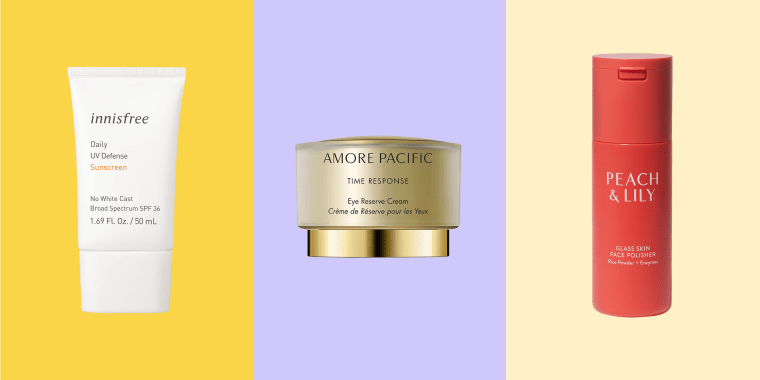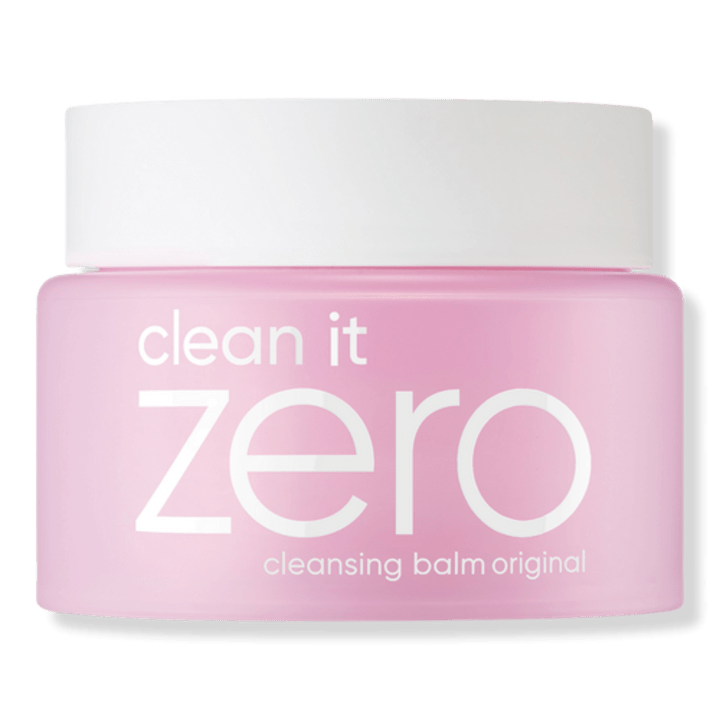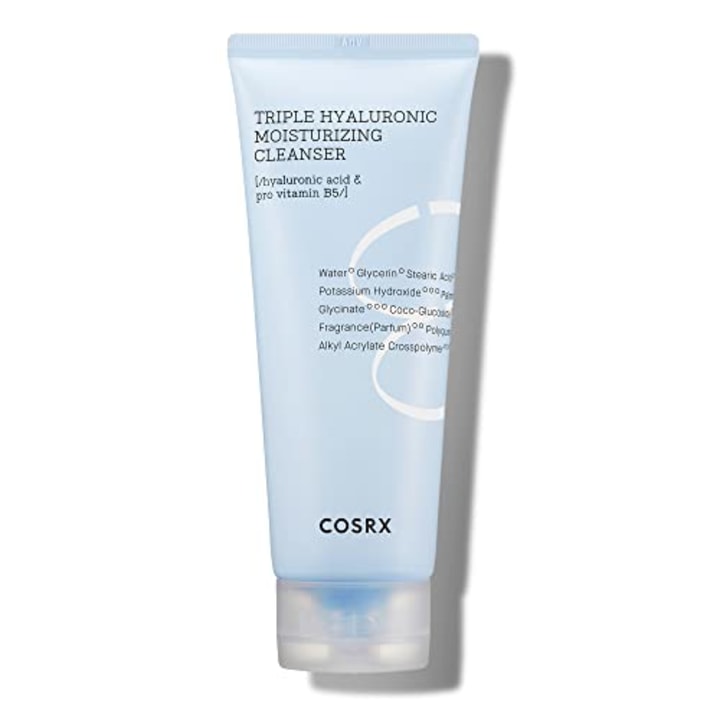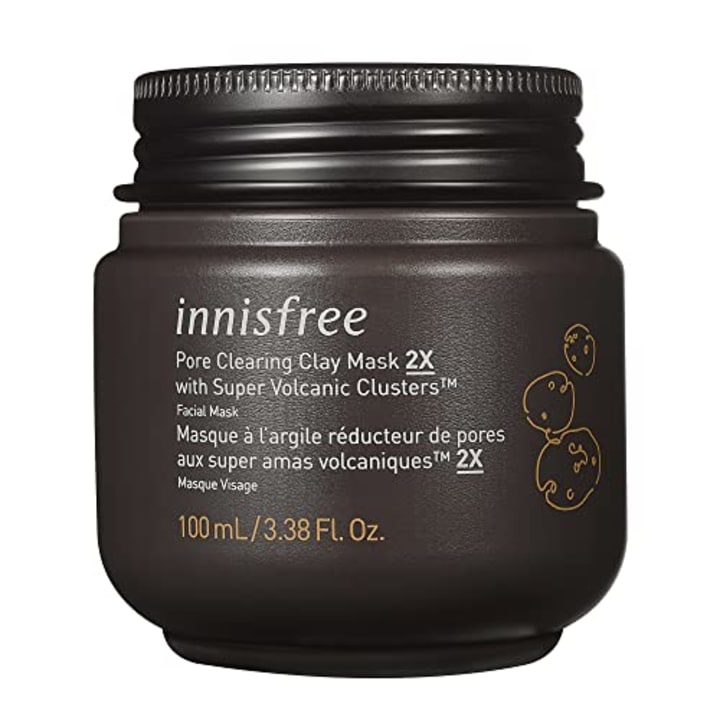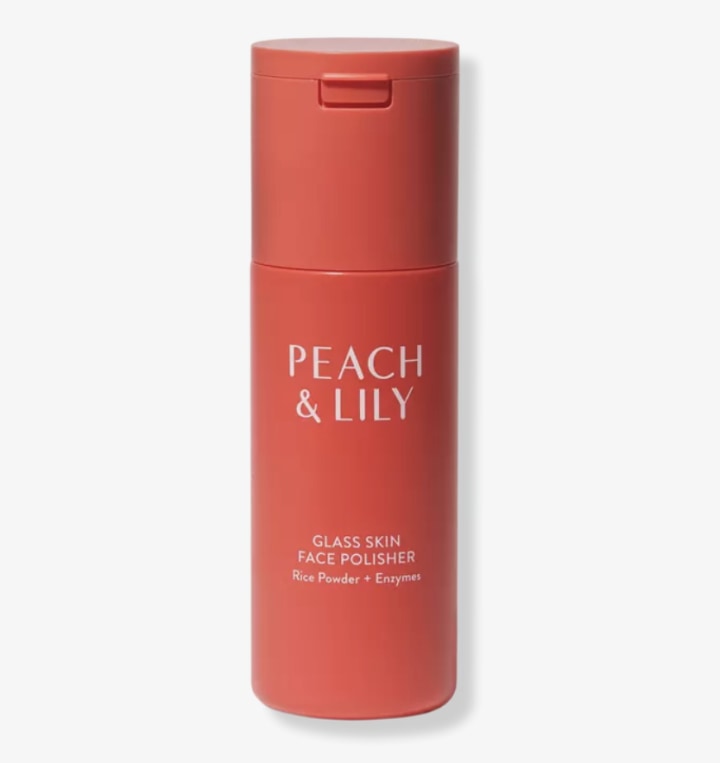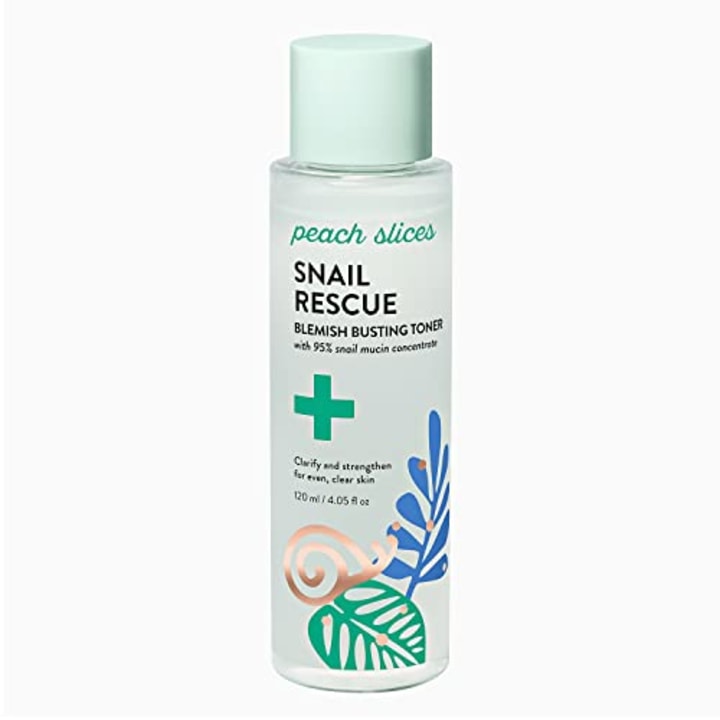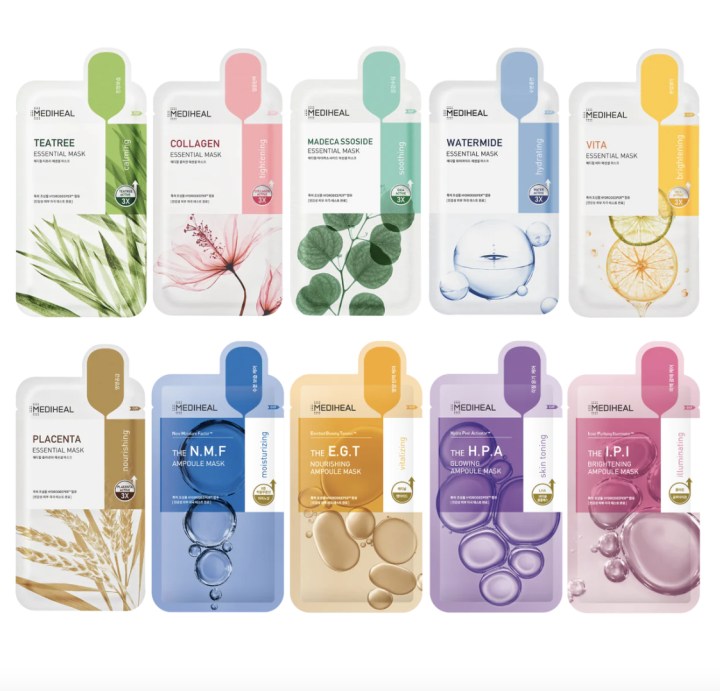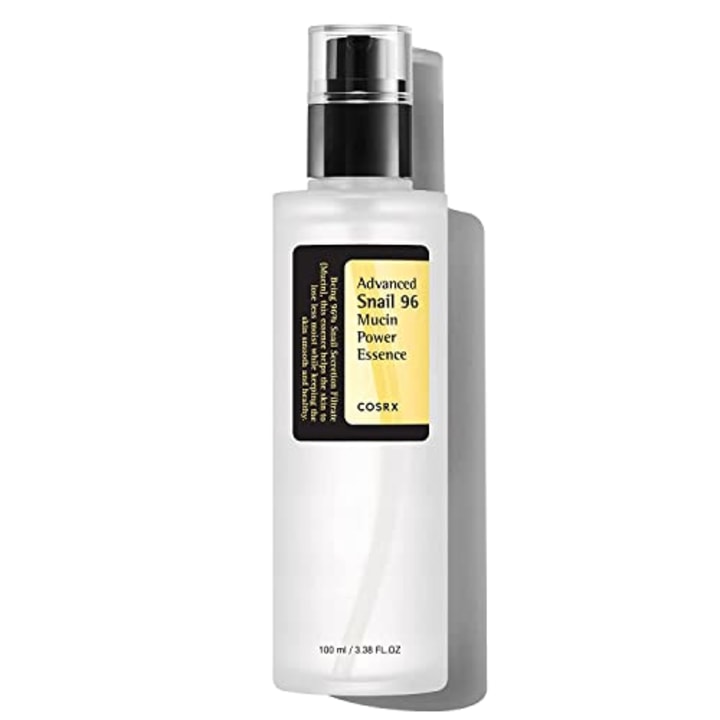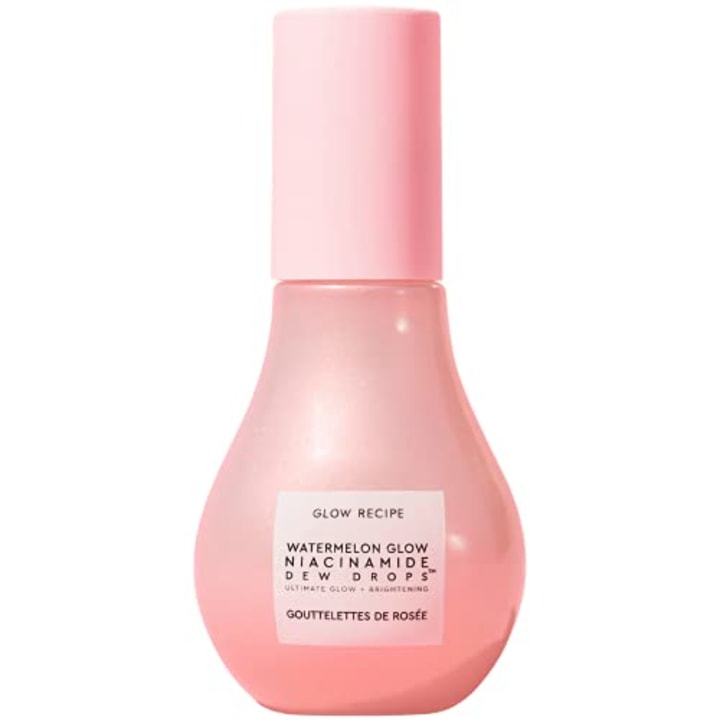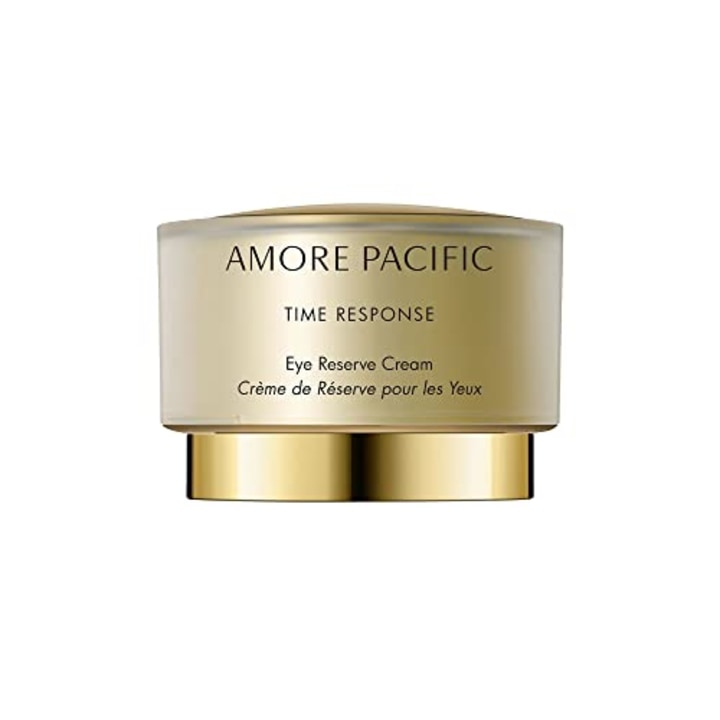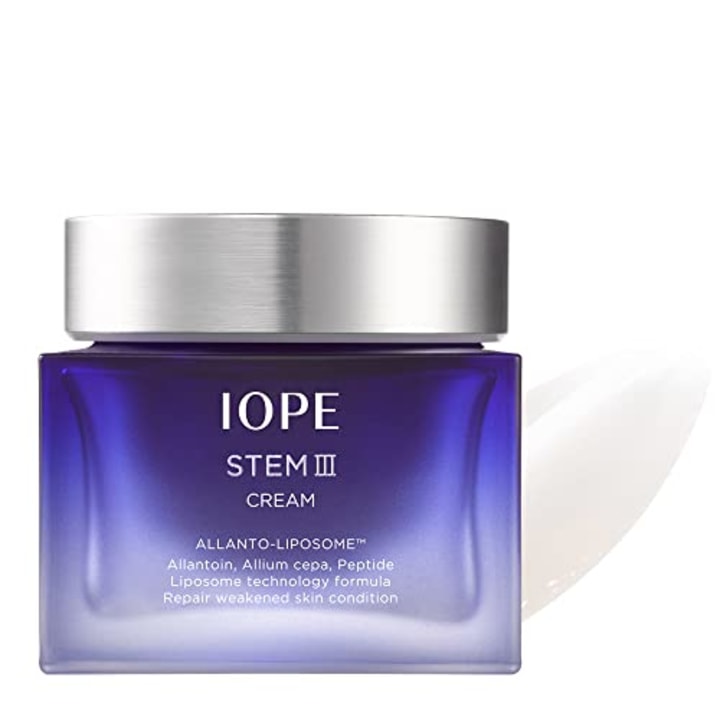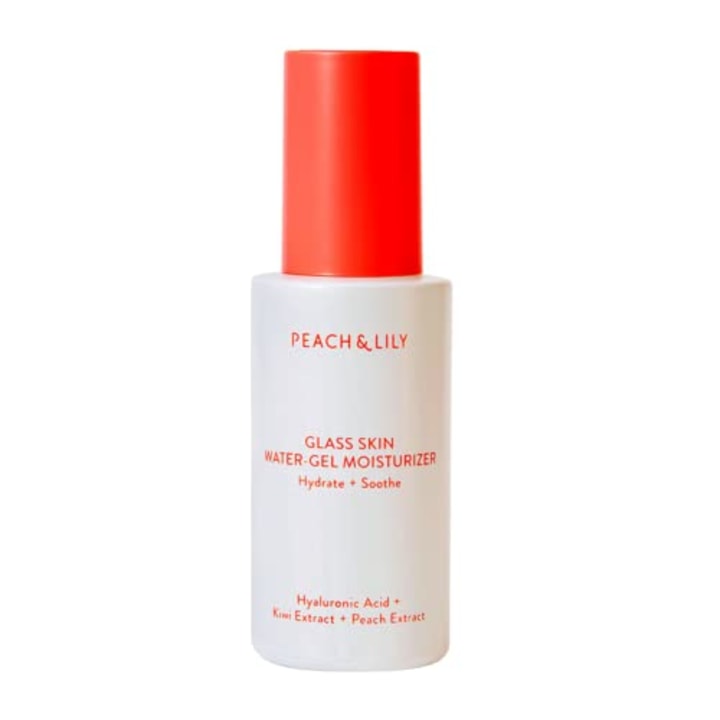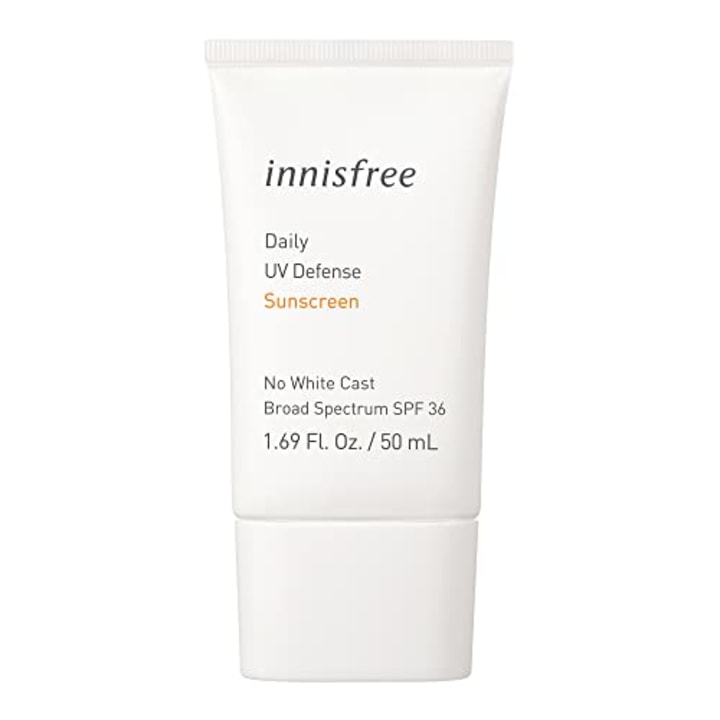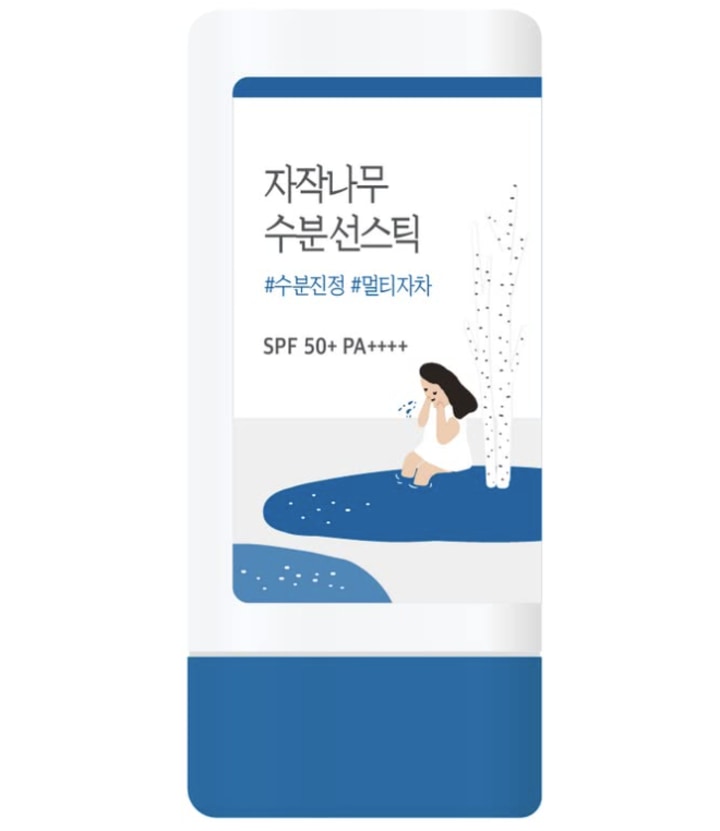With the help of the internet and social media sites like TikTok, Korean beauty has become immensely popular over the past decade across the globe for its advanced technology, gentle yet effective ingredients and emphasis on sun protection. The “10-step Korean skin care routine” in particular, has been trending for years, with evolved forms of its multistep model making its way into Western skin care regimens, according to our experts. Many types of skin care products that are popular in the K-beauty space, including toners, essences, emulsions and sheet masks, have become increasingly popular in the U.S., too. Now, this extensive routine has become more of a guide than a strict set of steps, which makes it easier to customize your routine to your personal skin care needs like skin type and lifestyle habits.
SKIP AHEAD Everything you need for a multistep routine | How to shop for Korean skin care | Differences between Western and Korean skin care | Is the multistep routine effective?
Korean skin care is a term that describes a multistep and holistic approach to skin care originating from South Korea, according to Dr. Claire Chang, a board-certified and fellowship-trained cosmetic dermatologist at UnionDerm in New York City. “It emphasizes consistent, diligent skin care regimens that focus on achieving hydrated, radiant and healthy skin,” she says. Compared to Korean skin care, Western skin care regimens are more aggressive, focusing on exfoliating dead skin and using products like scrubs, retinol/retinoids and acids, according to Dr. Jane Yoo, a board certified dermatologist in New York City.
Our top picks:
- Best oil-based cleanser: Banila Co Clean it Zero Original Cleansing Balm
- Best water-based cleanser: CosRx Hydrium Triple Hyaluronic Moisturizing Cleanser
- Best toner: Peach & Lily Snail Rescue Blemish Busting Toner
- Best exfoliant: Innisfree Pore Clearing Clay Mask
- Best sheet mask: Mediheal New Starter Pack
- Best essence: Cosrx Advanced Snail 96 Mucin Power Essence
- Best serum: Glow Recipe Watermelon Glow Niacinamide Dew Drops
- Best moisturizer: Iope Stem III Cream
- Best eye cream: Amore Pacific Time Response Eye Reserve Cream
- Best sunscreen: Round Lab Birch Juice Moisturizing Sun Stick
If you’re new to Korean skin care, or want to upgrade your current skin care routine, we’ve compiled a few products below based on each step in the routine based on our experts’ guidance.
Everything you need to build your Korean skin care routine
Below, we rounded up expert-recommended and top-rated Korean skin care products. We also included some personal favorites from Select staff. There is a Korean skin care product for every skin type and works for everyone, regardless of your race or ethnicity. However, that doesn’t necessarily mean that a product will definitely work for you because it’s K-beauty, according to Dr. Flora Kim, a board-certified dermatologist in Dallas, Texas. “Skin is very personal. What works amazing for your best friend might not work for you,” she says. Our experts recommend that you consult your dermatologist to customize the best routine for your specific needs.
Cleanser (oil-based and water-based)
Double cleansing is typically the first step of a multistep Korean skin care routine. It involves using an oil-based moisturizer to remove excess oil and dirt on your skin and then following with a water-based cleanser to wash away the excess oil cleanser and remaining dirt and dust from your skin.
Banila Co Clean it Zero Original Cleansing Balm
This cleansing balm is my favorite makeup remover because it quickly takes off my makeup, including my water-resistant mascara, without requiring me to scrub my face. My skin also doesn’t feel dry afterward. Using the included applicator, you scoop the balm into your hand and massage your face in circular motions to remove makeup, dirt and excess oil, then add water to emulsify the oil and rinse. It’s made with a blend of vitamin E and vitamin C to help hydrate the skin during and after cleansing, according to the brand.
CosRx Low pH Good Morning Gel Cleanser
This cleanser is a gentle water-based option to follow your oil-based cleanser. It has minimal fragrance and tea tree oil, which helps reduce inflammation, and BHA (Beta hydroxy-acid) which is a gentle chemical exfoliant that goes deep into the skin to remove debris from pores, according to the brand. You can use this in the morning and at night, and you can also use it as a body wash. I use this cleanser at night and it doesn’t strip my skin of moisture like other harsher cleansers I’ve tried in the past.
CosRx Hydrium Triple Hyaluronic Moisturizing Cleanser
“The Cosrx Hydrium Triple Hyaluronic Moisturizing Cleanser is an excellent foaming cleanser for dehydrated skin but can benefit all skin types,” says Green. This cleanser contains three different forms of hyaluronic acid (hyaluronic acid, hydrolyzed hyaluronic acid and sodium hyaluronate) to keep your skin hydrated and cleanses the skin without a stripping feeling, according to the brand.
Exfoliator (physical or chemical)
Another step in a multistep skin care routine is exfoliation, to promote cell turnover and clear pores, according to Green. Exfoliants can be chemical in the form of acids like AHAs and BHAs, or physical through ingredients like clay, according to our experts.
Innisfree Pore Clearing Clay Mask
Green uses this mask every weekend, specifically during the summer after wearing sunscreen. It has lactic acid, which is a hydrating AHA (alpha hydroxy acid) that dissolves bonds between dead skin cells and the outer layer of skin, to exfoliate the skin, cleanse it of excess oil and reduce the appearance of pores, according to the brand. While the brand recommends that you keep the mask on for 20 minutes, Dr. Michele Green, a board-certified cosmetic dermatologist in New York City, says she leaves it on her sensitive skin for five minutes to avoid irritation because stronger acids like AHAs, while more frequently used, are harsher on the skin.
Peach & Lily Glass Skin Face Polisher
This exfoliant has salicylic acid, which helps clear out pores and excess oil and is especially great for acne-prone and oily skin types, according to Chang. It’s also made with a rice-based enzyme powder and rounded cellulose microcrystals so that it exfoliates the skin without microtears or scratches, according to the brand.
Toner
After exfoliating, you can use a toner to help prep the skin for the upcoming steps of your routine by balancing the skin’s pH level, Chang says. However, if you have sensitive skin, you might want to avoid alcohol-based toners as they can be stripping and irritating to the skin, according to Green.
Peach & Lily Snail Rescue Blemish Busting Toner
This is one of my favorite toners to use every day. It has snail mucin, which is a popular skin care ingredient for its potential benefits of hydrating and repairing damaged skin, according to Chang and Green. Chang and Yoo emphasize, however, that larger scientific data is limited to prove these benefits. It also has hyaluronic acid and cica (also known as centella asiatica), which is a common ingredient in Korean skin care products to help soothe and calm the skin, Chang says. I use this toner every day and night and it keeps my dry, eczema-prone skin hydrated and reduces redness.
Sheet masks
Sheet masks are another way to lock in moisture and add an extra layer of hydration to your skin and you can use them all-year round. Our experts recommend incorporating sheet masks a few times a week, and you can use them more frequently during drier seasons. Chang recommends using them before adding on active ingredients and moisturizers to lock in moisture.
Mediheal New Starter Pack
“Mediheal Sheet Masks are my favorite given the variety of ingredients they use, the quality of the bamboo-derived hypoallergenic sheet mask and how long I stay feeling hydrated after,” Chang says. This pack comes with ten different face masks that have ingredients like tea tree to calm and soothe and hyaluronic acid to hydrate the skin, according to the brand. After cleansing or toning, you can apply the mask for 15 minutes, then gently pat any excess essence into the skin.
Essence
These formulas are similar to toners and provide another level of hydration to the skin, according to Chang. They are more lightweight than treatments, but our experts say that as the Korean skin care market evolves, essences can have similar properties and ingredients as treatments or toners.
Cosrx Advanced Snail 96 Mucin Power Essence
This snail mucin essence comes recommended by Chang because it hydrates the skin and provides a dewy look. It also contains hyaluronic acid, allantoin and panthenol, which work together to soothe irritated skin and retain moisture for all skin types, according to the brand. I’ve also found that using this on damp skin works best to retain moisture.
Treatments
Types of treatments include serums and ampoules –which are more concentrated capsules with active ingredients—that are meant to help with specific skin concerns like acne, hyperpigmentation and fine lines.
Glow Recipe Watermelon Glow Niacinamide Dew Drops
Select managing editor Leah Ginsberg uses Glow Recipe’s Dew Drops as both a serum under her moisturizer and a primer under her makeup. It contains niacinamide, which is known for its antioxidant properties and “helps to reduce inflammation, brighten the skin’s appearance and boost hydration,” Chang says. This serum leaves a dewy finish on the skin without mica –a mineral commonly used in makeup and skin care– which can be irritating for those with acne-prone skin, according to the brand.
Eye cream
These can help to treat dark circles, puffiness and fine lines with gentle and soothing ingredients. Chang recommends starting eye creams in your late 20s and 30s as the skin gets thinner and drier over time.
Amore Pacific Time Response Eye Reserve Cream
This eye cream is made with green tea extract, which combines the benefits of green tea, niacinamide, ginseng and caffeine to reduce the appearance of fine lines on your eyelids, where the skin is thin and sensitive, Chang says. She recommends using an eye cream before your moisturizer to lock in moisture. It’s also sulfate free and vegan.
Moisturizer
In this step, you’ll lock in moisture from previous steps. There are both gel-based and cream-based moisturizers. Gel-based moisturizers are more lightweight and great for warmer months and best for acne-prone, oil and combination skin, Chang says. She also says that cream-based moisturizers are thicker, more oil-based and are best for cooler and drier seasons to help the skin retain moisture for a longer period of time.
Iope Stem III Cream
This face moisturizer has active ingredients like peptides, niacinamide and allantoin to hydrate the skin and reduce the appearance of fine lines, according to Chang. Select associate reporter Bianca Alvarez also uses this cream in her day and night routines and started after her grandmother recommended it. The ingredients really help moisturize my skin barrier and provide the needed hydration while keeping my skin at bay since it's formulated without common irritants that would potentially bother my sensitive skin,” she says.
Peach and Lily Glass Skin Water-Gel Moisturizer
This gel-based moisturizer is water-based and oil-free making it a lightweight formula to absorb quickly into the skin, according to the brand. NBC page Carolyn Chun uses this as a daily moisturizer in her morning and nighttime routine. “I love using the moisturizer because of how lightweight it feels on my face. It leaves me feeling hydrated and moisturized without having to use a lot from the bottle,” she says. It works for all skin types including sensitive skin and contains hyaluronic acid to hydrate along with chamomile flower extract to help calm the skin, according to the brand.
Sun protection
You should apply SPF as the final step of your morning skin care routine. Sunscreen helps to prevent sun damage and protect your skin from the sun’s harmful UV rays, according to our experts. The sunscreens listed below are both chemical formulas, which are used more frequently in Korean sun screens, according to Chang.
Innisfree Daily UV Defense Sunscreen
Alvarez and I both use this face sunscreen every day. “As someone with a tan/medium complexion, I”m constantly searching for a sunscreen that doesn’t leave a white cast on my skin, and thankfully this one does the trick,” Alvarez says. It provides SPF 36 sun protection and has green tea and cica to soothe the skin and reduce irritation, according to the brand. It also has sunflower seed oil light moisture, according to the brand. It does have a light fragrance, but it isn’t irritating on my sensitive skin.
Round Lab Birch Juice Moisturizing Sun Stick
Round Lab is one of the most popular sunscreens in Korea, according to Chang. This stick sunscreen provides SPF 50 protection and is made with birch juice, an ingredient that’s rich in amino acids to help keep the skin hydrated throughout the day, according to the brand. It also doesn’t have ingredients like oxybenzone and octinoxate, which can be harmful to reefs.
How to shop for a multistep Korean skin care routine
When shopping for a multistep skin care routine, here are a few things you should consider, according to our experts:
Ingredients for your skin type and needs. Consider your skin’s specific behavior and needs. For example, if you have drier skin, you might want to look for products that focus on hydration with ingredients like hyaluronic acid. Chang says that those with acne-prone skin may want products with anti-inflammatory ingredients, including snail mucin or centella asiatica, to treat specific concerns like clearing excessive oil. She also says that if you have more sensitive skin, you may want to shorten your routine so you aren’t using too many new products at once.
The quality of the active ingredients. Beyond looking for specific active ingredients that fit your specific skin type and needs, you should take into account the concentration, the source, shelf-life and delivery of the product. “There are lots of really amazing ingredients out there, whether they’re synthetic or organic and natural,” says Kim. To avoid misunderstandings or misinformation about the effects of a particular ingredient Kim says you should look into other factors including the company itself, how the ingredient is sourced and product delivery mechanisms among others.
Your environment. Because Korean skin care places a heavy emphasis on hydration, it’s important to consider the effects that seasons and temperatures have on your skin, Chang says. For instance, if it’s a cooler and drier season like Fall or Winter, you may want to incorporate more steps for extra hydration like using sheet masks more frequently and using a thicker moisturizer.
What are some differences between Korean skin care and Western skin care?
Generally, skin care products in Korea use more advanced technologies like lasers that can remove dark spots and hyperpigmentation, and companies are typically more diligent about finding innovative and new raw ingredients, according to our experts. Korean skin care also emphasizes double cleansing, hydration and preventative care, including strict sun protection. And unlike the U.S., products don’t need approval from the FDA for their formulations or ingredients.
Korean skin care is also particularly good at delivering what Kim calls “cosmetic elegance”, which refers to the look, feel and experience of using a product. In other words, while your skin might look shiny and hydrated, Kim says that could be the cosmetic elegance and aesthetics working.
Is a multistep routine actually effective?
Our experts emphasize that a multistep routine is a great way to maintain healthy skin and the steps you follow should be added based on specific skin needs and concerns. According to our experts, however, your skin care routine doesn’t require too many steps if you don’t have the time or resources to do them. There are also many hybrid products that cover multiple steps at once, like BB and CC creams or moisturizers with SPF.
More recently, there has been a push towards more minimalist skin care routines and our experts agree that shorter routines are just as helpful and effective for achieving your skin goals. Kim finds that having too many steps can actually be ineffective. “There’s no way your skin is going to absorb all those layers. It’s going to absorb the first two things, then you’re piling product on top of product. The first two products you put on your skin will get the best absorption, and will give you the most benefits.”
Chang also advises against trying too many new products at once and recommends starting one new product at a time and making sure they can tolerate it before introducing a new one. “Korean skin care provides a wide range of products that can fit many skin problems and skin types. You don’t have to do a 10-step approach – three, four or five steps are all fine if that is all your skin needs,” Chang says.
Meet our experts
At Select, we work with experts who have specialized knowledge and authority based on relevant training and/or experience. We also take steps to ensure all expert advice and recommendations are made independently and without undisclosed financial conflicts of interest.
Dr. Claire Chang board-certified cosmetic dermatologist at Union Derm in New York City.
Dr. Flora Kim board-certified dermatologist in Dallas, TX.
Dr. Michele Green is a board-certified cosmetic dermatologist in New York City.
Dr. Jane Yoo is a board-certified dermatologist in New York City.
Why trust Select?
Estee Yi interviewed three board-certified dermatologists about the benefits and facets of Korean skin care, particularly multistep routines and ingredients, keeping in mind different skin types and concerns.
Catch up on Select's in-depth coverage of personal finance, tech and tools, wellness and more, and follow us on Facebook, Instagram, Twitter and TikTok to stay up to date.
